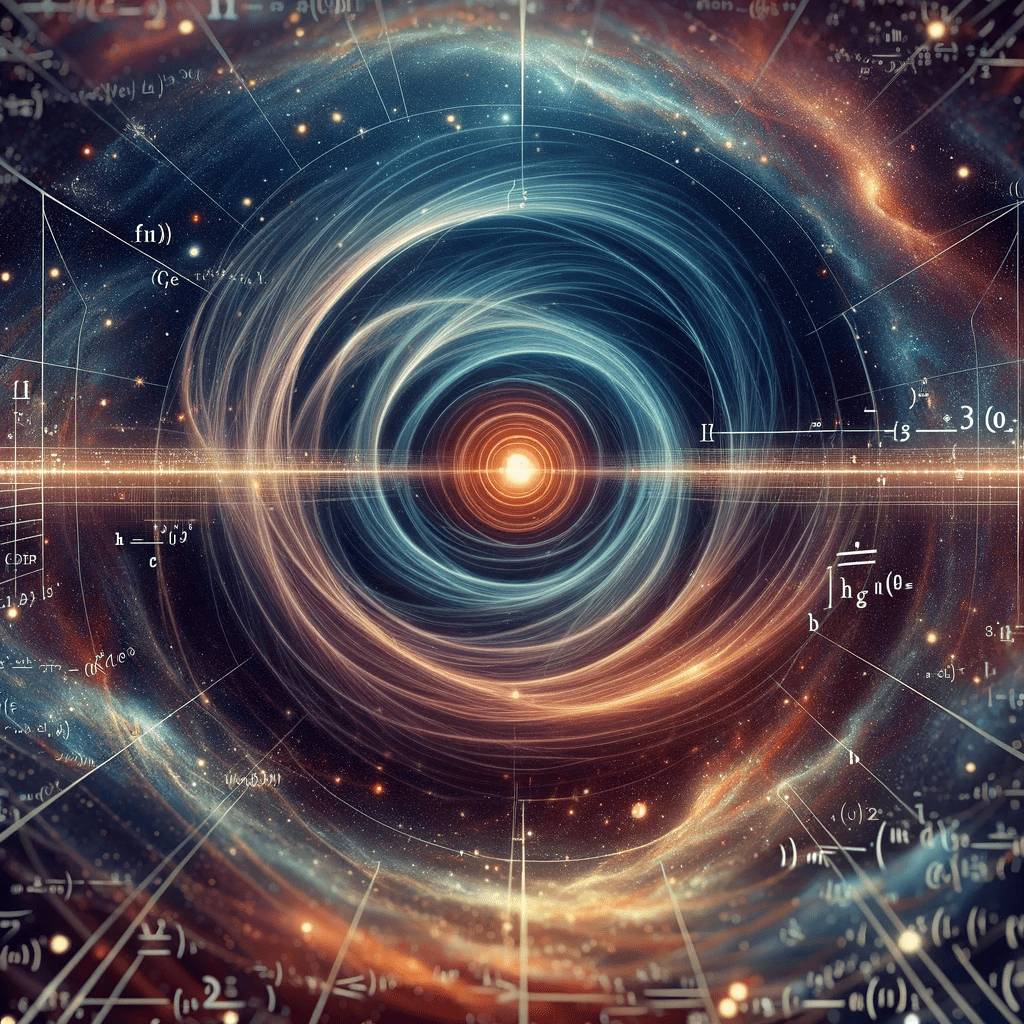Planck’s Distance

At the crossroads of physics and cosmology, a subtle concept resides: the Planck length, more often referred to as Planck’s distance. Conceived by German theoretical physicist Max Planck, one of the pioneers of quantum mechanics, the Planck length is the smallest conceivable distance within the theoretical frameworks of quantum mechanics and general relativity. Measured to be approximately 1.6 x 10^-35 meters, this minuscule measurement is some twenty orders of magnitude smaller than the proton, and it is here that our classical understanding of physics begins to falter.
In the early 20th century, Planck introduced the idea of quantum mechanics by proposing that energy is quantized, i.e., it comes in discrete, non-divisible units. Planck’s constant, a cornerstone of quantum mechanics, symbolizes this quantum of action. The Planck length is derived from Planck’s constant, along with the speed of light and the gravitational constant, presenting a meeting point of the three fundamental constants of nature.
The Planck length is not derived from human-scale physics, but from the constants of the universe itself, and it is therefore considered a natural unit (Source: “A Universe from Nothing” by Lawrence Krauss).
Yet the Planck length is more than a theoretical minimum; it symbolizes the point at which our two greatest theories of the universe – quantum mechanics and general relativity – come into direct conflict. This conflict is encapsulated in our lack of a successful quantum theory of gravity, a unifying description that successfully merges these two incompatible frameworks. The Planck length is therefore often thought of as the scale at which a quantum theory of gravity becomes necessary.
The Planck length is considered the scale at which quantum effects become dominant over gravitational effects, necessitating a quantum theory of gravity (Source: “The Elegant Universe” by Brian Greene).
Scientific discussions about the Planck length often veer towards the territory of string theory, one candidate for a quantum theory of gravity. According to string theory, the fundamental constituents of reality are tiny, one-dimensional “strings,” the vibration of which gives rise to the universe’s particles and forces. It’s speculated that these strings are roughly of Planck length size.
In string theory, the size of the ‘strings’ is thought to be close to the Planck length (Source: “The Hidden Reality” by Brian Greene).
In popular science literature, you may find references to the Planck length as a ‘pixel’ of the universe, although this is a highly speculative and metaphorical claim. It isn’t as if the universe is a giant pixelated computer screen with each pixel of Planck length size. Instead, this analogy suggests a fundamental granularity to space at the Planck scale.
First, it’s important to understand that the Planck length is a fundamental limit in quantum mechanics and general relativity, marking the smallest meaningful unit of length. This is significant because if we were to attempt to probe distances smaller than the Planck length, the energies required would be so high that a black hole would form, obscuring our observations.
Some theories proposed to explain UFO/UAP behavior invoke physics beyond our current understanding. For instance, if these phenomena were the result of advanced technology from non-human civilizations, such technology might exploit knowledge of physics at scales we have not yet fully understood, potentially including the Planck scale. For example, any technology capable of warping space-time for propulsion (a popular explanation for UFO/UAP movement patterns) would need to account for quantum gravitational effects.
Advanced technologies could exploit physics at the quantum gravity scale.
The Planck length continues to be a central theme in theoretical physics, especially as it pertains to unifying quantum mechanics and general relativity. Its elusiveness speaks to the vast gaps in our understanding that continue to exist, serving as a reminder of the rich territory still to explore at the frontiers of scientific knowledge.

